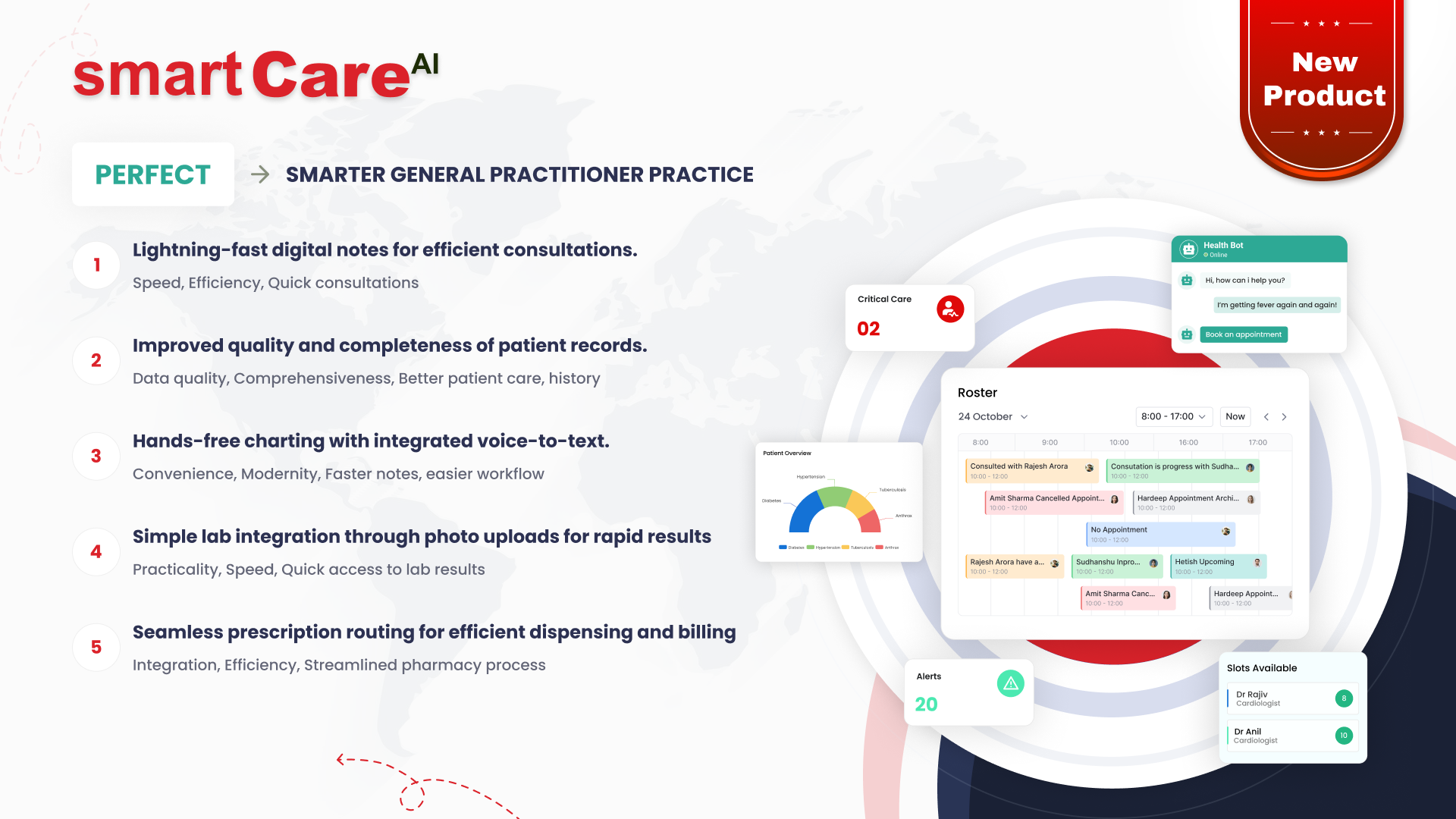Posted On August 5, 2024
Best practices for managing complex projects
How to plan for Success?
- Incorporate a Project Management Framework:
Agile methodologies like Scrum and Kanban offer flexibility to adapt the changing needs. Waterfall provides a structured approach for well-defined projects. You may choose the one that best suits your project.
- Identify Complexity Factors:
Is your project constantly changing, like an ERP implementation, or does it involve complicated tasks like moving data to the cloud? Knowing these challenges early on helps you create specific plans to handle them.
Communication is Key:
- Define Roles & Responsibilities:
Clear communication is crucial. Make sure everyone knows their roles, what’s expected of them, and how to communicate using project management tools.
- Prioritize Transparency:
Keep everyone in the loop with regular updates, both through formal reports and informal daily meetings. This helps maintain a collaborative environment.
Assemble the Right Team:
- Skill Gap Analysis:
Assess what skills are needed for the project to succeed. Use resource management techniques to make sure your team has the necessary expertise. If there are any gaps, consider training, hiring, or outsourcing to fill them.
Embrace Agility and Mitigate Risks:
- Proactive Risk Management:
Identify potential roadblocks on the project and develop mitigation plans to address them before they derail the project status.
- Iterative Development:
Break the project into smaller, manageable parts. Using Agile methods like Scrum helps you get continuous feedback and make adjustments as needed, reducing rework and ensuring the final product meets changing requirements.
Quality from the Start:
- Invest in Quality Assurance (QA):
Make sure to include thorough testing at every stage of the software development process. This helps catch and fix bugs early, preventing expensive fixes later on.
Efficiency through Technology:
Here are some open-source tools to streamline your complex project:
- Project Management:
Trello, Asana
- Communication & Collaboration:
Slack, Mattermost
- Code Merging:
Git, Mercurial
- Progress Monitoring & Automation:
Jenkins, GitLab CI/CD
Experiences say code merging and tracking the entire team’s progress are among the most complex and time-consuming tasks. However, by pulling updates every time before merging the code, and notifying the entire team after successfully merging the code, the process becomes less complex, especially when working with a large team. Additionally, using a burn down chart you to track the entire team’s progress in minutes, as long as each member updates their tickets promptly.
By following these best practices and using open-source tools, you can improve the efficiency of your complex projects. This means less rework, shorter timelines, and significant cost savings for your organization. Remember, the key is in planning, communication, and continuous improvement. Embrace these principles, and your complex project will be a roaring success, not a monstrous headache.
What strategies have you found effective in managing complex projects?








